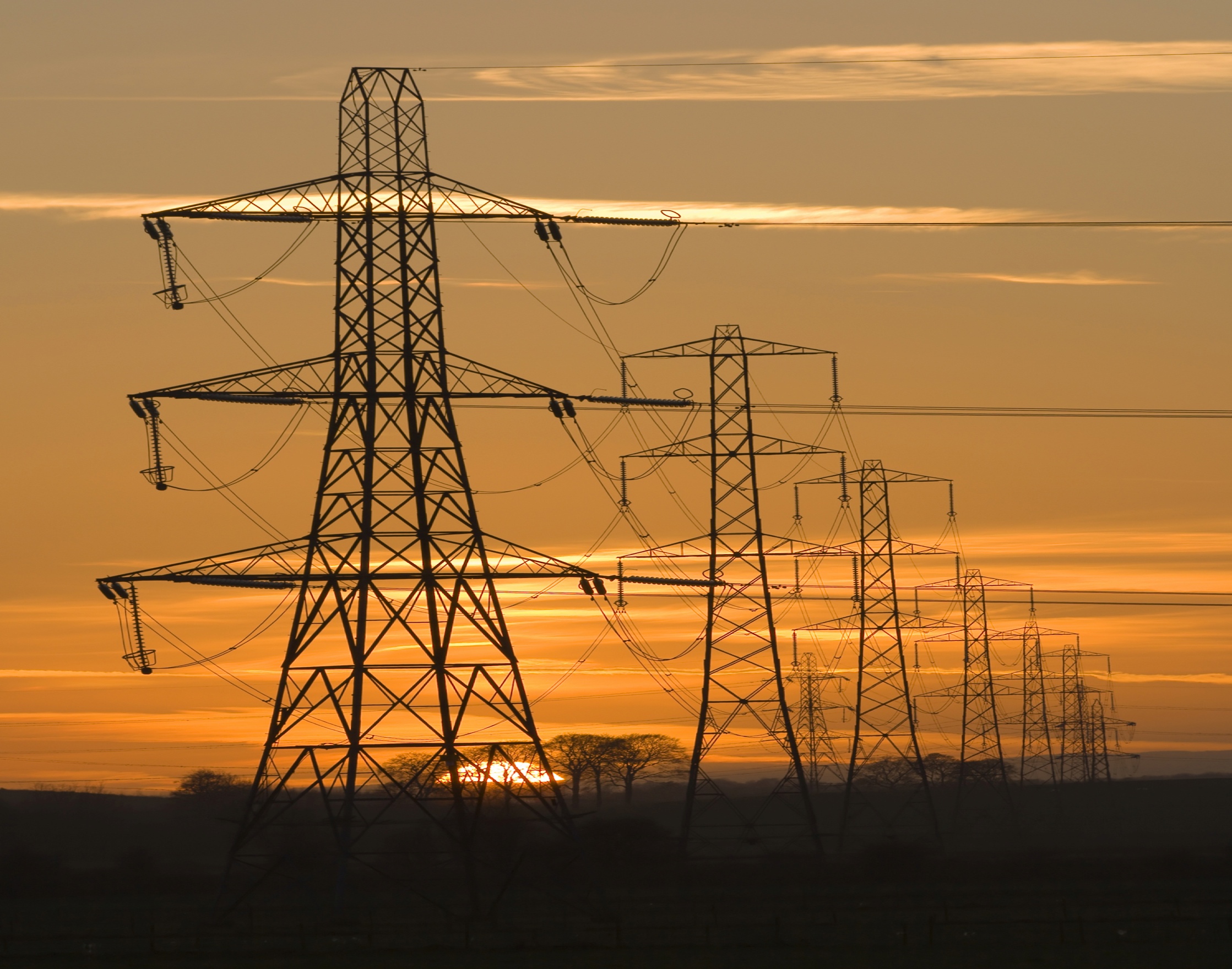
Governor Hochul has previously announced that former Governor Cuomo’s Restoring Mother Nature environmental bond, pulled from consideration due to Covid, will be back on the ballot this fall, renamed as the “Clean Water, Clean Air and Green Jobs Environmental Bond Act.” And now that the Legislature’s one-house budget resolutions have dropped, the big questions are how much it will cost and whether it will include a down payment on the Climate Leadership and Community Protection Act (CLCPA).
The one-house budget proposals would shift the bond toward CLCPA implementation. But the amount the Legislature proposes to spend, while dramatically increasing the size of the bond itself, is barely even a down payment on the huge cost of the CLCPA.
Cuomo proposed a $3 billion bond to fund water quality and flood control projects, preservation of open space, and habitat conservation. In short, it was a classic environmental and municipal infrastructure act that a broad coalition of old-fashioned conservationists, progressive environmentalists, and urban pragmatists alike could support.
Hochul proposed to increase the measure to $4 billion but left the essential focus unchanged except for adding some climate change mitigation projects to the mix. Whatever one thinks of climate change, these also looked to be traditional infrastructure projects that would help protect against storm surges and manage flooding from large storms like Hurricanes Sandy and Ida.
At the same time, other than half a billion dollars for offshore wind power infrastructure, Hochul’s budget provides little new funding to support the state’s green energy transition under the CLCPA.
The Assembly and Senate adopted one-house budget resolutions that increase the bond act to $5 billion and $6 billion, respectively. To put this in perspective, on an inflation-adjusted basis, Cuomo’s $3 billion proposal was roughly equivalent to the last big environmental bond passed in New York in 1996.
The Legislature’s proposals would also expand the focus of the bond act so it could help finance aspects of the CLCPA in addition to the bond’s original purposes.
The Assembly proposal would add $500 million for energy efficiency and renewable energy projects at state-owned buildings, along with $550 million to fight air and water pollution in Environmental Justice Communities (as recently defined by the Climate Action Council’s Climate Justice Working Group).
The Senate resolution would add $1 billion to fund renewable heating and cooling plus weatherization of low-to-moderate income households, and another $1 billion to help fund the purchase of electric school and transit buses plus the installation of bus and passenger car charging infrastructure.
As big as those numbers might sound on the surface, they won’t go far. Electrification of school buses alone is a $15 – $20 billion project over the next two decades. The state won’t have to pay the whole cost of each $300,000- $400,000 electric bus (about twice the cost of a diesel bus), but $1 billion, divided between school buses, transit buses, and passenger car charging stations won’t stretch too far.
The $1 billion to weatherize and electrify the heating in low-to-moderate income households could provide significant benefits to potentially tens of thousands of households who can’t afford to make these improvements on their own, depending on how the money is allocated. But still more will be needed to meet the CLCPA’s goals of increasing home energy efficiency statewide and shifting as many New Yorkers as possible off gas heat and onto electric heat pumps. This perhaps once in a lifetime bond act still isn’t big enough to meet the CLCPA goals on improved home energy efficiency.
The estimated cost of the CLCPA is $280-$340 billion (although the actual cost is likely to be much higher). While the Climate Action Council has refused to break that cost down among utility ratepayers, direct consumer costs, and costs to taxpayers, we can still see that $2 billion is less than one percent of the anticipated cost. Even considered as just a down payment, that isn’t much.
On the one hand, it’s about time we started the discussion of how much we’re really willing to spend to accomplish the goals of the CLCPA. On the other hand, there’s something to be said for the neatness of separating a traditional broad-coalition infrastructure bill from the myriad of new issues addressed by the Climate Act.
At this point, though, we can only wait to see how negotiations over the differences turn out. If both Assembly and Senate stick to their different resolutions, we could even end up with a bond for as much as $7 billion, more than twice Cuomo’s original proposal, and, on an inflation-adjusted basis, more than twice as much as the 1996 environmental bond.
Of course, the legislature and governor can only put the bond on the ballot. It will then be up to the voters of the state to determine how much they’re willing to spend, and what they’re willing to spend it on.








